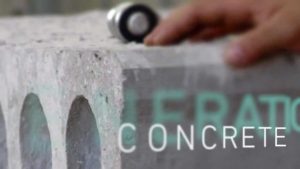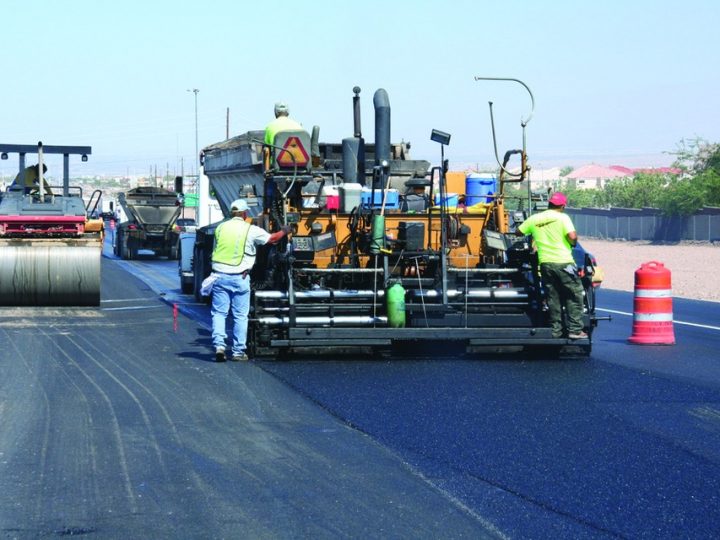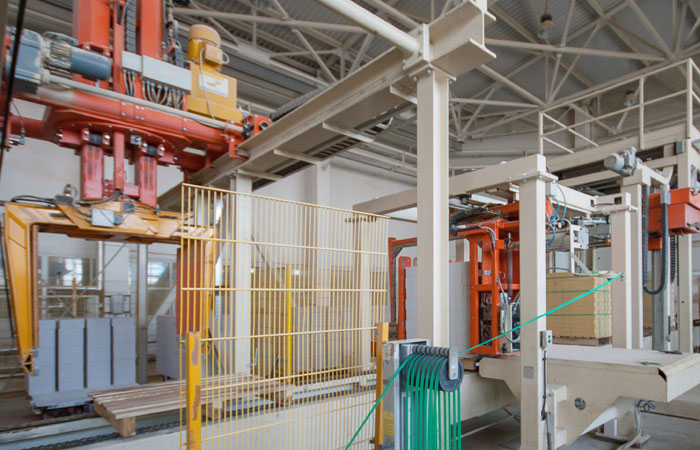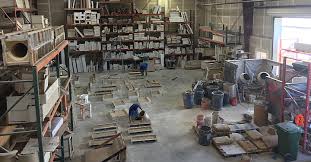More concrete is used than any other construction material – a total of 1.5 to 3 tons per person, per year in the industrialized countries. The environmental impact of producing all this concrete is enormous: five hundred billion tons of CO2. That’s twice as much as all the airlines in the world. Nearly 10% of the world’s CO2 emissions. Traditional concrete consists of around 75% aggregate. Aggregate which has to be mined and transported to the batch plant or construction site. Apart from water, the other materials are cement and steel reinforcement, both of which consume large amounts of energy.

The Sustcon research project is a pan-European venture to look at various ways of reducing this environmental impact by moving from “prescription” to “performance” – in other words from conventional regulatory specifications to specifications based on verified performance. Much of the research is being carried out at AIDICO a technology, research and certification centre in Valencia, specialising in work for the construction sector. Concrete is the most important building material used in the world. About 8 billion cubic metres are produced annually and production is expected to double in the coming decades, thanks to emerging countries such as China or India. It is a very versatile material, economic, sturdy, durable that is often used for all types of civil engineering and building bridges, dams, and similar structures. Despite being really versatile material, it has a problem that is the environmental impact. The environmental impact as the sum of the individual environmental impact of the constituent raw materials, including aggregates, cement and steel.
As a result of this environmental impact are emerging technologies which can produce a much more sustainable concrete. Here is a concrete example of low impact, as in the case of concrete where it has replaced aggregate with natural, dry biomass. In this case a coconut shell concrete, and concrete with almond shells where the conventional mix is replaced with waste material plus some additives. In this example it uses a residue which is crushed slag from blast furnaces or in this case, a residue such as fly ash from coal combustion in power stations. Such innovations and sustainable technologies help reduce the environmental impact of concrete, so it can be used in a much more sustainable way.
Introducing alternative materials as substitutes for conventional aggregate is not a simple process. Ingredients are often specified in national standards, which, for concrete producers, is a disincentive to look for more eco-friendly alternatives. The laboratories at AIDICO test possible new materials for durability and stability. Batches are made up, using suitable materials which are locally available and which otherwise be disposed of as waste. The resulting concrete is then tested. Once we have established the physical performance required by the company we move on to the stage of designing the concrete. To do this we evaluate what conventional and alternative raw materials are available near the site, to develop a concrete of lower environmental impact. Once we have these raw materials and their properties are evaluated we make up various formulations and test these at laboratory scale.
We take samples of concrete and test the mechanical, biological and durability properties, to see if these properties meet the required specification. If they do, it’s feasible to offer a concrete with lower environmental impact in the market. Often the results are innovative – for example a lightweight concrete that could be used for cladding that will be non load bearing. The emphasis is on meeting the specification for a particular application. Variations in quality in conventional concrete have often led to structures being over-engineered. By focusing on the application of the material, and by thorough testing and documentation, rather than on meeting a standard, AIDICO is able to achieve three things: a Quality Brand Label, based on credible performance data, a Sustainability Index, which quantifies the environmental impact of the product, and …
Reduced Cost by using locally sourced, alternative materials. For the environment, the impact is measured by the methodology of life cycle analysis that is to quantify the environmental impacts throughout the life cycle of concrete. In other words raw material extraction, transport, concrete manufacture, its use on site then finally when it becomes demolition waste. To make this life cycle analysis we use software with industrial databases, which allow us to synthesise this information and calculate the environmental impacts. There are three principal benefits of using this methodology – to people, to prosperity and to the planet.
How will it affect people? New generation concrete will bring a necessary advance to the profession … To the specifier, to the user to the producer. It will develop employees’ skills and make businesses more efficient. The result will be an enhanced perception of concrete … making it a sustainable, high technology material, that is environmentally friendly.
Finally, the planet. A sustainable concrete, whose environmental impact has been verified, will benefit all stakeholders in the value chain and become part of corporate social responsibility. Finally, prosperity. Most of the alternative cementitious materials have a low cost, and more advanced production methods will benefit their organizations and improve manufacturing efficiency levels.




